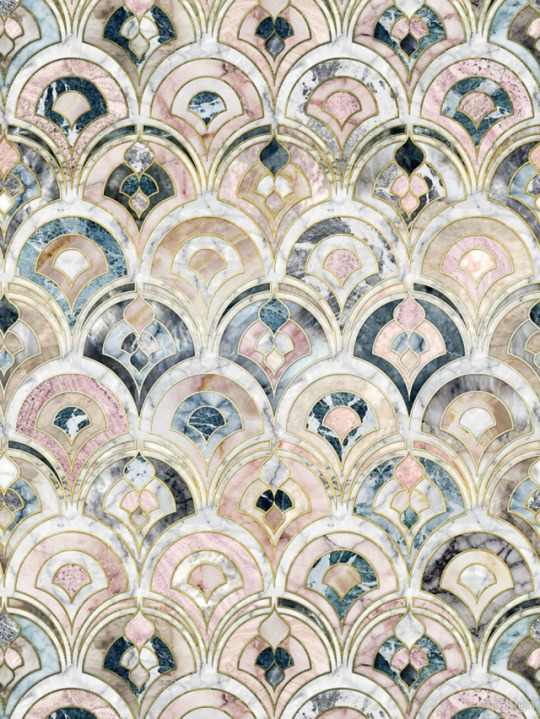Don't wanna be here? Send us removal request.
Photo

Oggi vi raccontiamo una curiosità storica, sapete perché nordisti e sudisti durante la Guerra di Secessione indossavano divise con bottoni cuciti sulla schiena? Per mantenere alta l’attenzione e salvarsi la vita! I bottoni sulla schiena servivano infatti a non addormentarsi troppo profondamente e a non russare: non appena i soldati appoggiavano la schiena sul terreno, il fastidio provocato dai bottoni li faceva svegliare, mantenendoli in uno stato di costante attenzione!
0 notes
Photo

La Guerra dei bottoni, un film che ci ha emozionato e tenuto incollati allo schermo. Due gruppi di ragazzi che, nella campagna francese di fine Ottocento si fanno la guerra: agli sconfitti saranno tolti i bottoni e perderanno quindi i calzoni. Un film, basato sull'omonimo romanzo di Louis Pergaud che parla di crescita, apprendimento, socializzazione, gioco ed auto-organizzazione.
0 notes
Photo

Dove sono nati i primi bottoni? I primi bottoni nascono nella valle dell’Indostan e risalgono circa al 2000 a.C. Non servivano per allacciare i vestiti, ma erano usati solo come decorazione e ornamento. Gli antenati dei bottoni non erano solo tondi, ma spesso anche triangolari e venivano ricavati già allora dalle conchiglie! L’uso pratico dei bottoni si è invece affermato in Germania già nel 500 a. C. Nel resto d’Europa i bottoni si diffondono nel Duecento, quando gli abiti a vita alta e maniche aderenti delle donne cominciano a richiedere un’allacciatura adeguata: la parola francese “boton” (bocciolo) compare per la prima volta nella Chanson de Roland del XII secolo. Nel Rinascimento bottoni d’oro e argento decorano gli abiti dei reali. Bisogna aspettare però il XVIII secolo perché la produzione dei bottoni diventi industriale: i primi stabilimenti sono a Birmingham, in Inghilterra.
0 notes
Photo
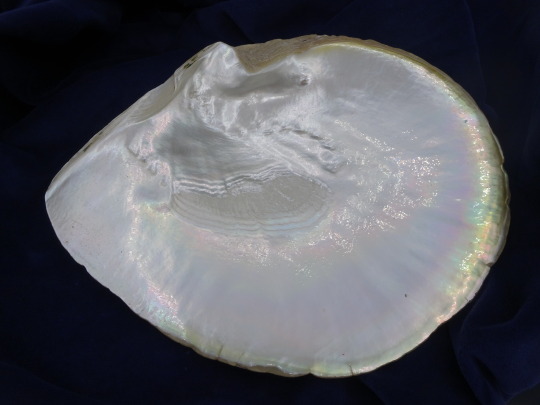



Presenting: White Mop (pinctada maxima)
White mop, also called Australian for its origin, it’s a type of shell vastly used for buttons and jewels creation alike.
With its blinding white and colorful shades, it’s one of the most wanted material on the market, making it also the most expensive one.
It’s a bivalve shell like its sister BlackMop, and its crust it's spotted with several shades of brown and intense yellow patches.
This shell can be summarized into three types of qualities: the first one (the most wanted) it’s the Australian white-white, with a bright white belly; the second one it’s the Australian white-yellow, with yellow shades along the insides, and the last one it’s the Australian yellow-yellow, where the colour has almost completely take over the white.
Usually, the more yellow you find on the shell, cheaper the material will be.
6 notes
·
View notes
Photo

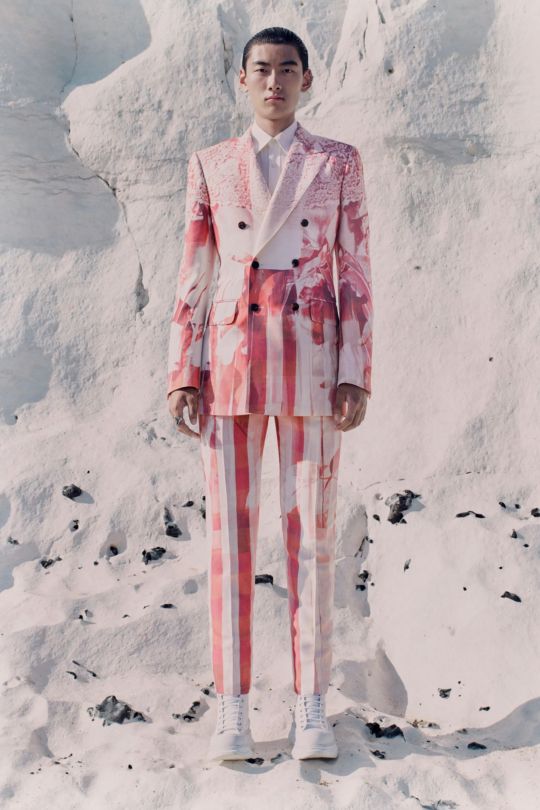


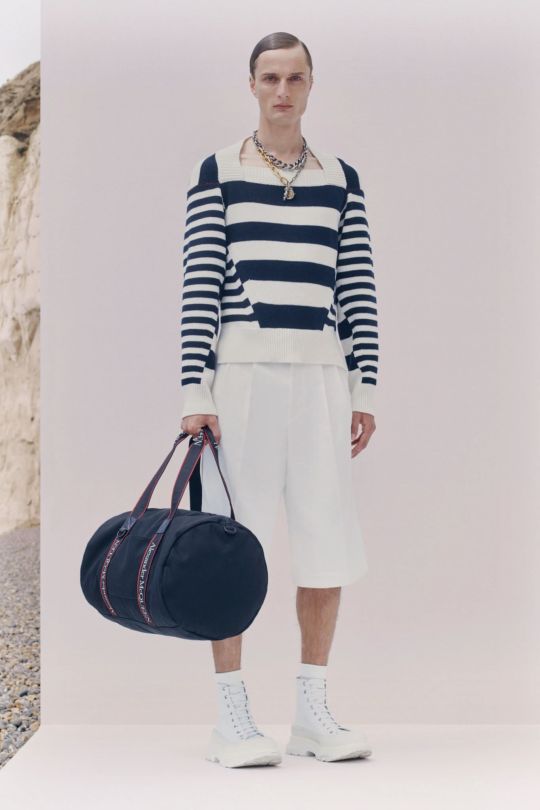
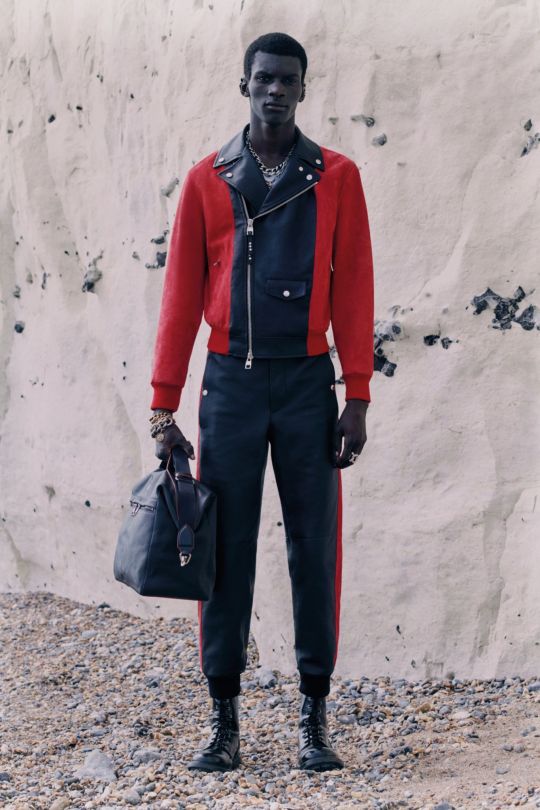
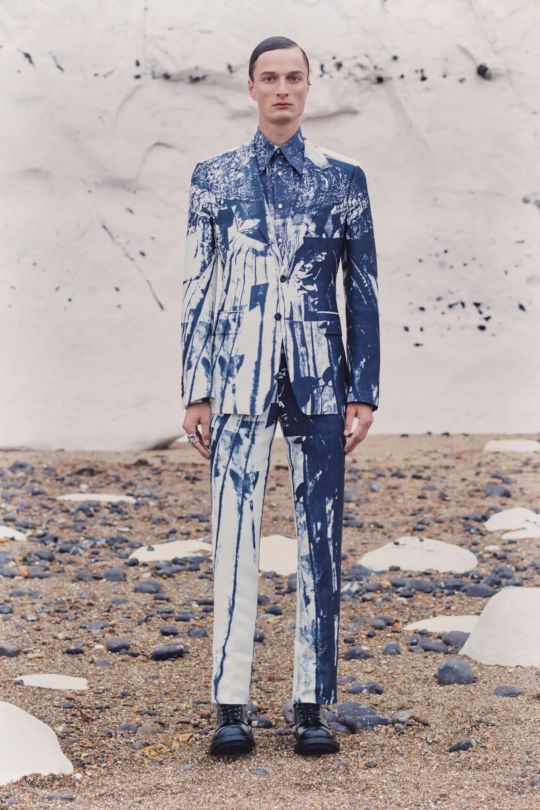
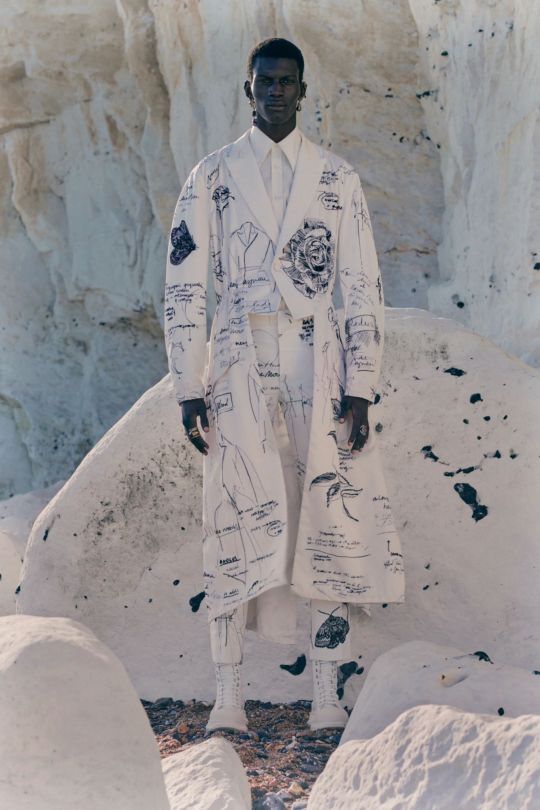
ALEXANDER McQUEEN
Spring/Summer 2021 collection
415 notes
·
View notes
Photo








MOSCHINO
Pre-Fall 2021 collection
299 notes
·
View notes
Photo

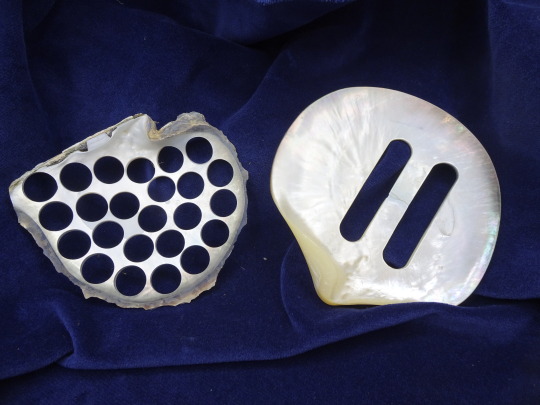
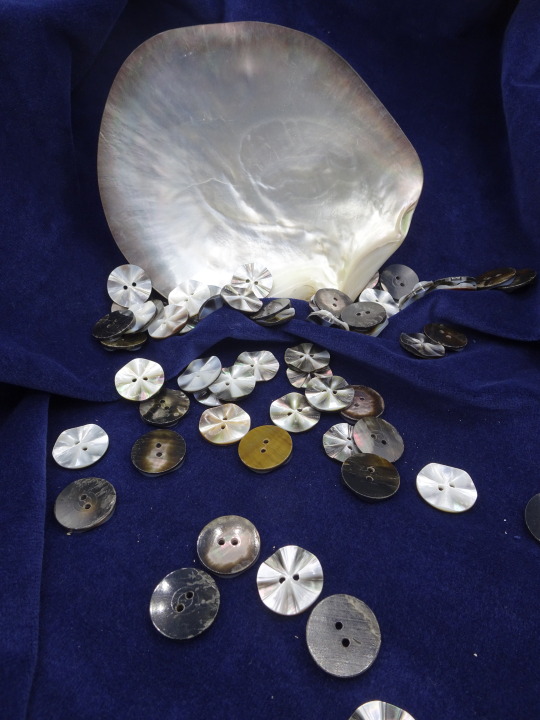


Presenting: Black Mop (pinctada margaritifera)
Black Mop, also called Tahiti, it’s a type of mother pearl shell used in buttons and jewellery production.
The particularity of this shell it’s surely the vast range colours, starting from a dark grey to the purest white, almost passing as a White Mop (Australian shell) to the inexperienced eye.
It’s crust it’s a dark grey, almost black, and like it’s sister White Mop, Tahiti it’s a bivalve shell, meaning it opens like a book and it’s great for creating wide buttons since the available surface it’s bigger than the Trochus.
As you can see from the photos, black, grey and white are the most prominent colours, but Tahiti can be spotted with yellow and green, making it a gorgeous material to use for buttons creation.
2 notes
·
View notes
Photo

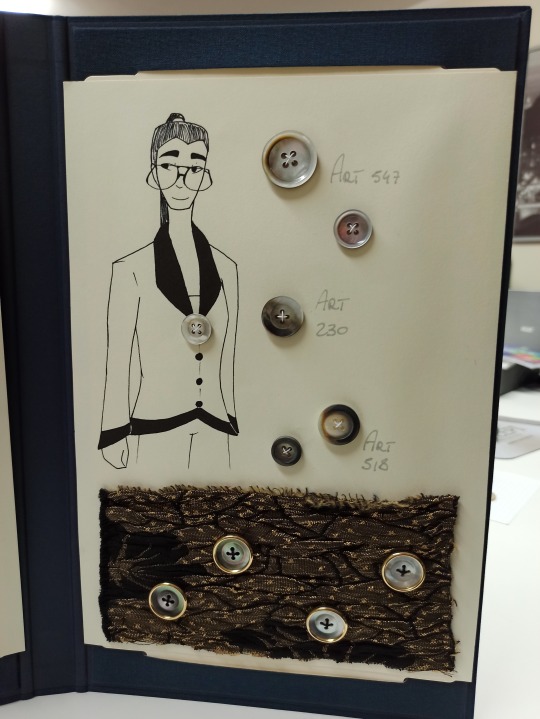

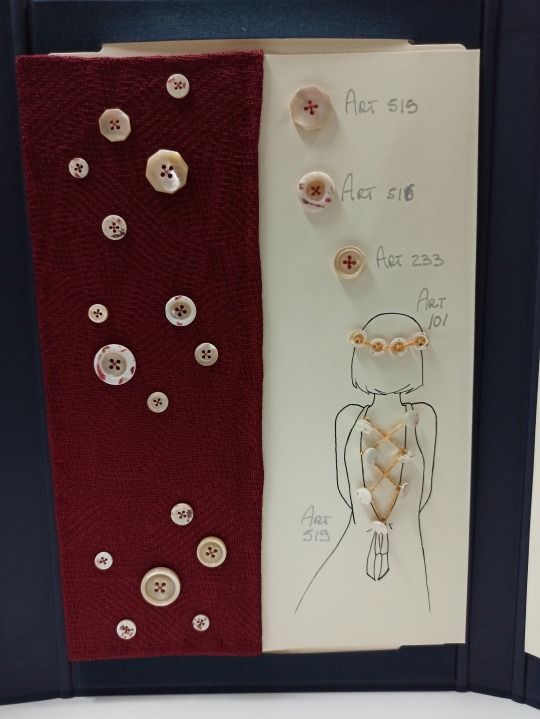

And the sample book is done!
I had so mush fun creating it, choosing the buttons, assembling, and even learning how to use graphic programs.
Ready for the delivery now!
I’ll surely be back with more work like this one.
3 notes
·
View notes
Photo

Another page!
Using blackmop again, but this time smaller articles, I love the one on his shirt and ear so much, it let me saw a star, so cute!
2 notes
·
View notes
Photo
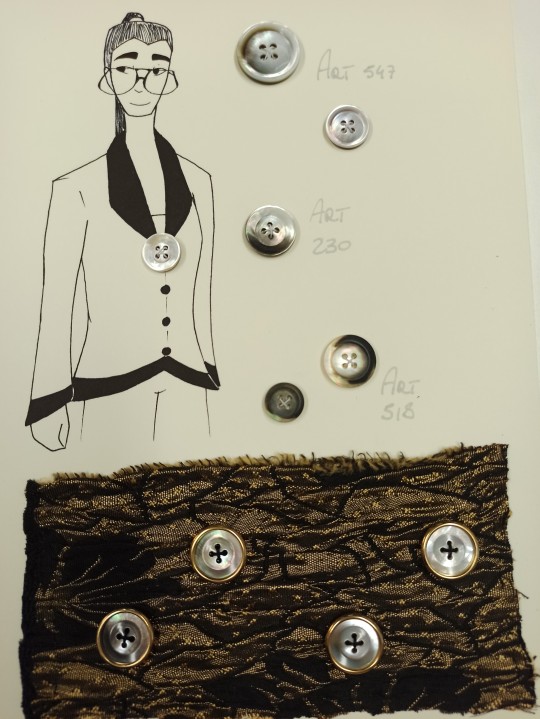
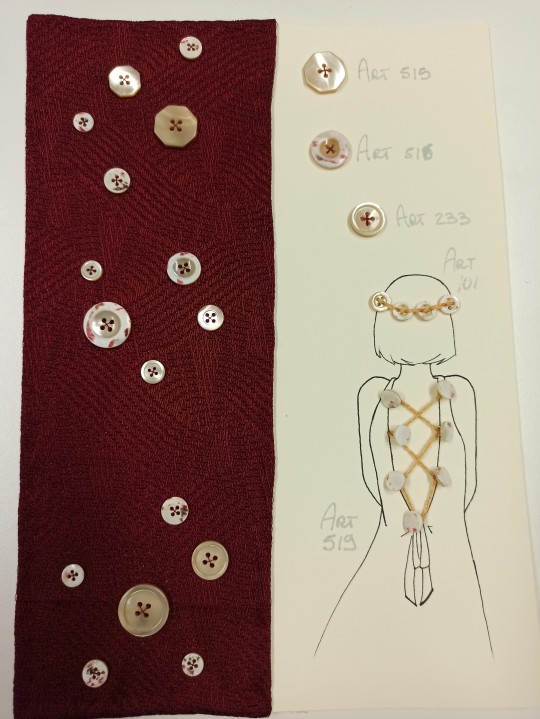
Two pages down!
2 notes
·
View notes
Photo


Some work in progress of the sample book I was talking about the other day!
Really liking how this is going, trocas worked on back is so pretty!
3 notes
·
View notes
Photo

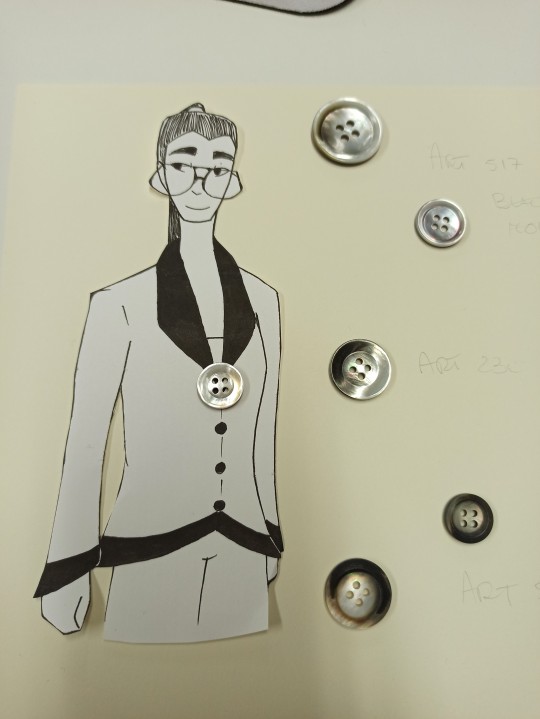
A couple of work-in-progress for a sample-book for a client!
In the first picture I’m using buttons made in natural trocas worked on the back, as you can see from the pink/white crust and the warm beige of the shell.
For the second picture I’m using blackmop, also called Tahiti, and the article on the bottom it’s worked on the back. Tahiti, to me, is one of the prettiest shells out there, it's range colour can start from the purest white to the darkest black, with yellow, green and an amazing scale of greys in the middle, making it very versatile for every use but also very challenging when it comes to matching colours!
2 notes
·
View notes
Photo
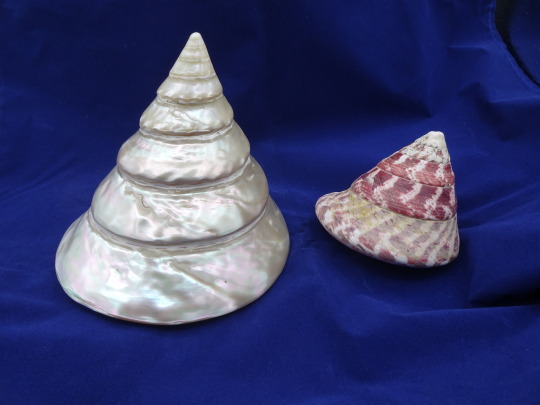

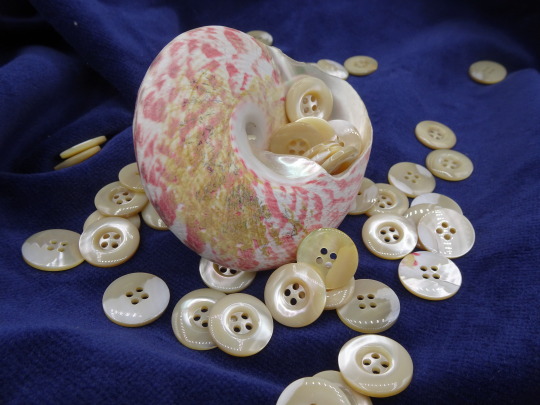
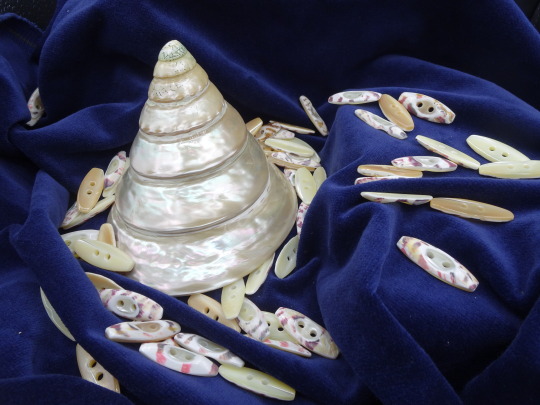
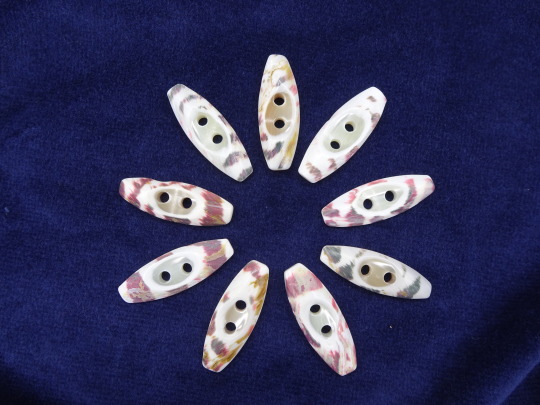
Presenting: trochus (trochus niloticus)
The trochus shell, also called trocas, it’s easily recognizable from its unmistakeable coned-shape form and colourful crust, and it's one of the most common types of shell used for the creation of mother pearl buttons, accessories and jewellery.
Its natural colour it’s a warm beige, with a crust spotted with pink, red and brown, or dark brown, faint green and a deeper red.
When used for buttons creation, trochus it's usually divided into two categories, trochus head and trochus side, based on where the cut for the blanks is done. For example, trochus head's blanks are cut from the underlying part of the shell, aka its belly, while trochus side, as the name states, it's cut from the shell sides!
It can be used simply as a decoration, both with crust (colourful as it is, it's such a pretty sight!) or cleaned, becoming really shiny
2 notes
·
View notes
Photo

Mid 19th century mother-of-pearl book binding
528 notes
·
View notes
Photo

Gold and mother of pearl decorated box 1744/1746
1K notes
·
View notes

